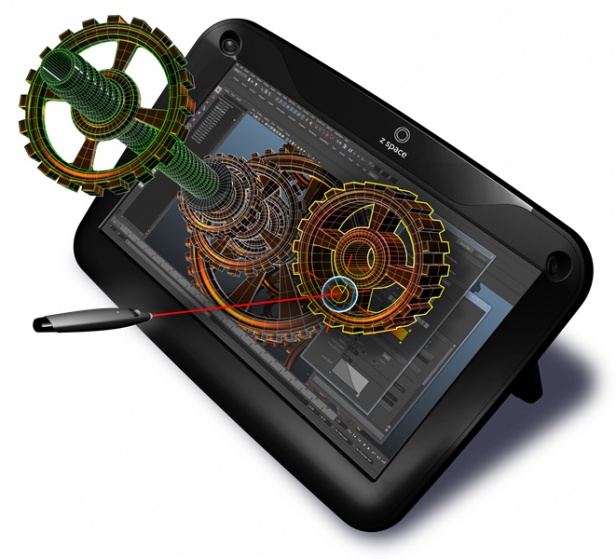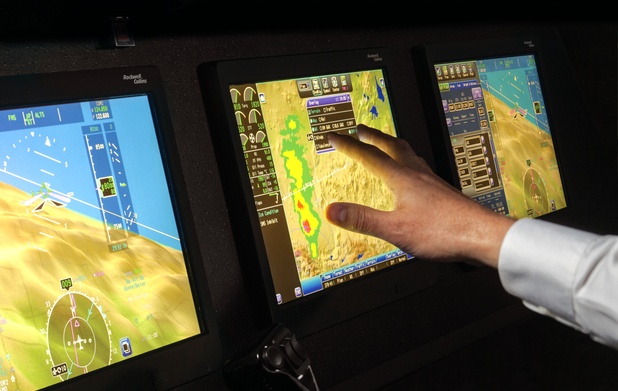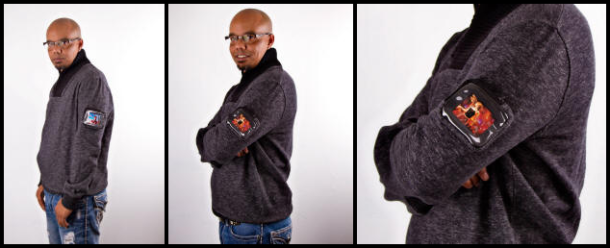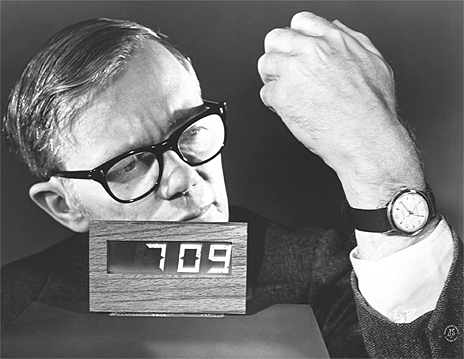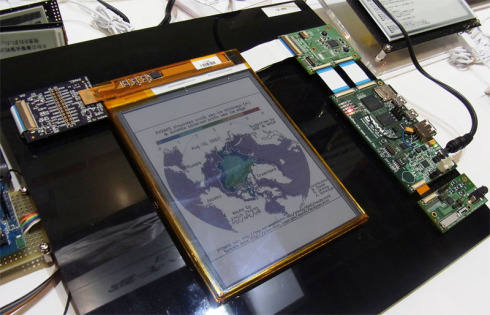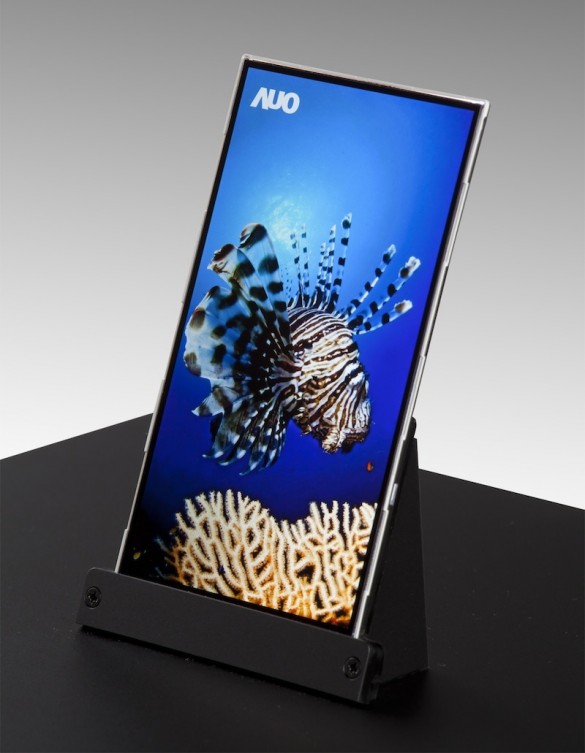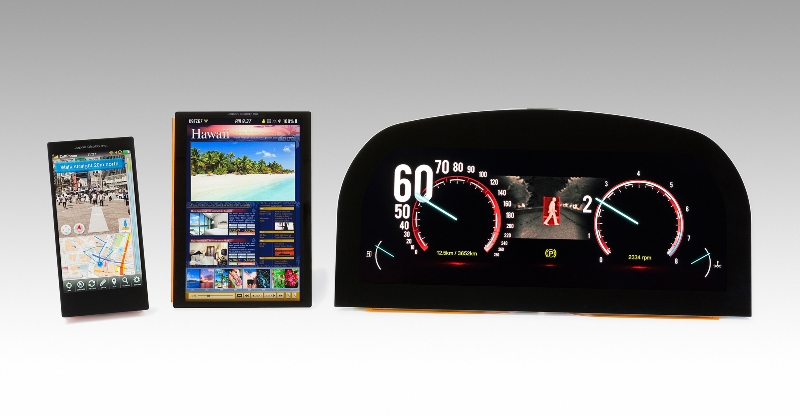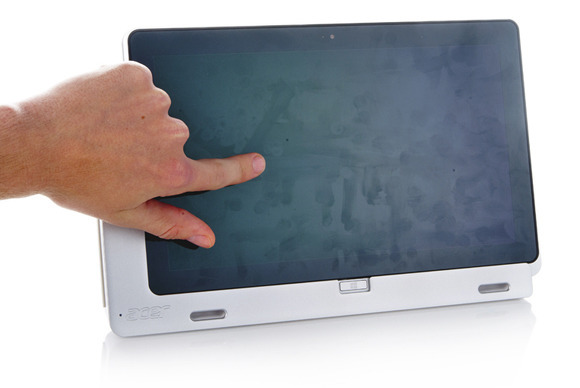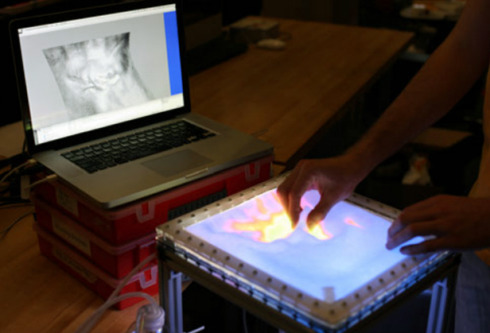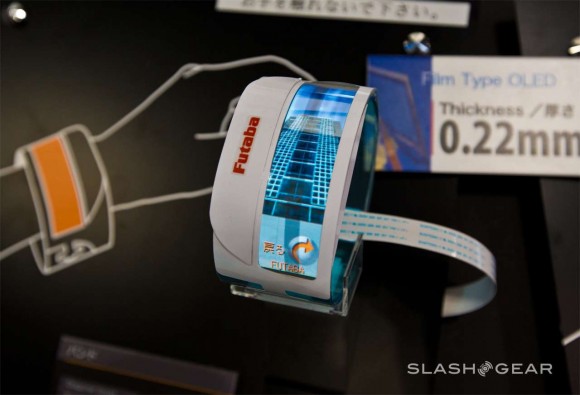The Display Technology News Roundup For 1.3.2013
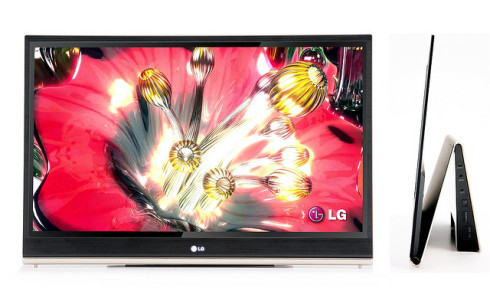
Image via The Environmental Blog
OLED TV Arrives "The companies are tackling the OLED in different ways. Samsung is using three OLEDs—one red, one green, one blue—for each pixel; LG is using white OLEDs throughout, creating subpixels with colored and white filters. O’Donovan says he thinks, at least in the short term, that LG’s white OLED approach “will be better for yields and will create a more uniform color for the whole panel.”" via ieee spectrum
Panasonic Halts Plasma R&D "Panasonic is reportedly due to halt R&D activities for its plasma TVs to concentrate on developing OLED technology. ...In fact, plasmas could be phased out for good in 2014 to make way for upcoming OLED technology, which boasts all the benefits of plasma and LCD (infinite contrast, wide viewing angles, good response times, etc.) without the drawbacks." via Digital Versus
Small, medium-size AMOLED displays doubling by 2015 "Mass adoption of AMOLED technology, though, faces hurdles due to the higher cost and technical difficulty of manufacturing -- successful entry takes five years on average, according to the firm. "Prior to the start of mass production of AMOLED displays for mobile phones, only passive-matrix OLED (PMOLED) displays were available, mostly used in applications such as mobile phone sub-displays, automobile displays, and some industrial and niche applications," Chung stated." via Solid State Technology
The Difference Between Makers and Manufacturers "In Producing Prosperity: Why America Needs a Manufacturing Renaissance, Gary P. Pisano and Willy C. Shih, professors at Harvard Business School, list critical technologies in which the United States has lost or is at risk of losing its manufacturing prowess. Among them are rechargeable batteries, liquid crystal displays, and semiconductors (70 percent of the world’s foundry capacity is in Taiwan). It is no longer feasible to make e-ink readers in this country, though the technology was invented here. Shih rejects the notion that innovative products can reliably emerge when designs are shipped off for others to produce." via MIT Technology Review
Display database for engineers Search thousands of display panels by multiple characteristics and compare results side-by-side using the display database multisearch.
Apple May Use IGZO Display Technology on 2013 iPhone and iPad Releases "A rumor suggests that Apple, Inc. and Sharp Corp. are negotiating plans for the former company to use the latter’s IGZO (Indium Gallium Zinc Oxide) technology in its next-generation iPhones and iPad tablet computers. While this agreement could be a potential game-changer for Apple, low yield rates on Sharp’s end has forced Apple to consider other display manufacturers in Asia to ensure healthy supplies of display panels." via Eastern Morning Herald
A Closer Look – MIT Lab’s 8D display "The 8D display is just of several inventions to overcome the prohibitive bandwidth requirements of holographic displays, all without the need for eyeglasses, using optimized optical hardware and co-designed "compressive" image-encoding algorithms. To date, MIT have explored the use of such "compressive displays" that are primarily composed of multiple layers of high-speed liquid crystal displays (LCDs)." via 3D Focus
Do you have content to share with Display Alliance? Anyone can post press releases, white papers, commentary, videos, and more in the open section.
Electrowetting combines the best of LCD and E Ink "The problem is that the polarization limits both the viewing angle and the light coming from the backlight. Together, those optical layers—the polarizers, the color filters, and so on—waste more than 90 percent of the backlight’s output. Electrowetting limits this loss by dispensing with the polarizers." via ieee spectrum
Liquid Crystal Finding Could Lead to New Computer Screens "University of Massachusetts Amherst mathematician Robert Kusner teamed up with researchers at the University of Colorado to conduct three-dimensional liquid crystal experiments. According to a press release, “The work is expected to lead to creation of new materials that can be actively controlled.” ...“These findings lay the groundwork for new applications in experimental studies of low-dimensional topology, with important potential ramifications for many branches of science and technology,” Smalyukh stated, noting that the finding could lead to upgraded liquid crystal display (LCD) screens in televisions and laptops that let them interact with light in new ways." via The Epoch Times
Uni-Pixel: Possibly The Best Investment For 2013 "In order to fully understand Unipixel's opportunity, one must first understand the market - touch screens. ...Current 'conductive layers' are made from ITO (Indium Tin Oxide) which is horribly flawed. Firstly, Indium is expensive, increasing from $300/kg to $800/kg in the past 3 years. ...Due to the brittleness of ITO, this cost gets exponentially more expensive for larger screens (such as tablets or laptops, or larger smart phones). This is where Unipixel steps in with the UniBoss product." via Seeking Alpha
Are you an engineer or have display expertise? Email jason@displayalliance.com to be featured in the interviews section.
LG Flexible e-Paper Fails to Change the e-Reader World "Why didn’t this screen technology ever catch on in the e-reader world? Amazon, Barnes and Noble, Kobo, Bookeen, and Bebook all use e-Paper made by e-Ink Holdings. This company has had a stranglehold on the entire e-reader segment. With the industry gravitating towards illuminated screens and e-Ink Triton 2, there aren’t any takers for LG." via Good Ereader
New E-Notepad by Sharp brings paper notebooks closer to their doom "The strongest point of the WG-N10 is the accuracy of its response when used with a stylus. It has a self correction system that adjusts the output lines accordingly as the stylus "writes", and can accurately display written notes even in the centimeter range. The reflective display even adds more intuitiveness to the unit, since it can be used just about anywhere that you can use an ordinary notebook, only you don't use up paper and ink!" via VR-Zone
Patent Issued for on Demand Calibration of Imaging Displays ""The steps further include receiving luminance and color values from a plurality of photosensors associated with the display screen, where the photosensors detect distinct luminance and color levels at the different regions of the display screen. The steps also include determining, from the detected luminance and color levels, a plurality of luminance and color correction factors by comparing the detected luminance and color values to reference luminance and color data. The steps additionally include applying the determined luminance and color correction factors to the different regions of the display screen so as to adjust luminance and color of the display screen at the different regions, where each of the different regions is spanned by a corresponding measurement field."" via Equities.com
Firewall: A Depth Sensitive Interactive Wall "Firewall is an interactive installation, a seemingly normal wall that is actually a stretched spandex surface which acts as a membrane interface sensitive to depth. People can push, touch, move and create fire-like visuals dynamically depending on the speed, pressure, depth and movement of the interaction with the spandex surface." via Digital Buzz Blog
What did you think about today's news? Leave a comment and share your thoughts.
 News Roundup tagged
News Roundup tagged  AMOLED,
AMOLED,  Apple,
Apple,  Digital signage,
Digital signage,  Electrowetting,
Electrowetting,  Flexible,
Flexible,  IGZO,
IGZO,  LCD,
LCD,  OLED,
OLED,  Panasonic,
Panasonic,  Plasma,
Plasma,  TV,
TV,  iPhone
iPhone 